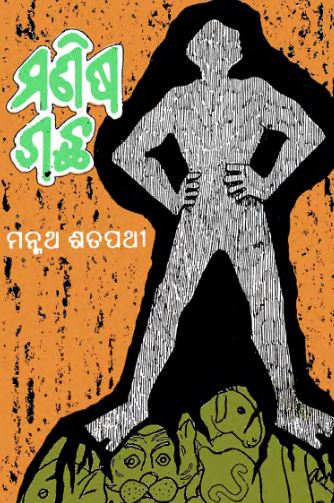Manis Gachha,a compelling play written by the talented Manmath Satpathy and published in 1995, has made a significant impact in the realm of Odia drama. The title, which translates to “The Human Tree,” serves as a poignant metaphor for the themes of human relationships, societal values, and the interconnectedness of life. Through his masterful storytelling and rich characterization, Satpathy invites audiences to reflect on the essence of humanity and the bonds that tie us together.
At the heart of “Manis Gachha” is a narrative that revolves around the lives of ordinary characters, each facing their unique struggles and aspirations. Satpathy skillfully weaves their stories into a tapestry that reflects the complexities of human existence. The play’s characters are relatable and vividly portrayed, allowing the audience to connect with their emotions, desires, and conflicts.
One of the central themes explored in “Manis Gachha” is the struggle for identity and belonging. The characters grapple with societal expectations, traditional values, and personal ambitions. Satpathy deftly captures the tension between individual aspirations and collective responsibilities, illuminating the challenges that arise when one attempts to assert their identity in a conformist society. This exploration prompts viewers to consider the importance of self-discovery while navigating the expectations imposed by family and community.
The play also delves into the rich symbolism of nature, particularly the “gachha” (tree). The tree serves as a metaphor for growth, resilience, and interconnectedness. Just as a tree provides shelter and sustenance, the characters’ relationships reflect the nurturing bonds that allow them to flourish. Satpathy’s use of this symbolism deepens the emotional resonance of the play, encouraging audiences to appreciate the vital connections that sustain them.
The dialogue in “Manis Gachha” is another highlight of the play. Satpathy’s writing is marked by its lyrical quality and wit, capturing the nuances of human emotions and interactions. The conversations flow naturally, revealing the layers of conflict and camaraderie among the characters. This engaging dialogue adds depth to the play, making it both an entertaining and thought-provoking experience for the audience.
Moreover, “Manis Gachha” addresses pertinent social issues, including the significance of gender roles, familial responsibilities, and the impact of modernization on traditional values. Satpathy does not shy away from critiquing societal norms, encouraging audiences to reflect on the evolving nature of relationships in a changing world. By engaging with these themes, the play fosters a dialogue about the complexities of contemporary life, resonating with viewers from various backgrounds.
The staging of “Manis Gachha” further enhances its impact. With well-thought-out sets and engaging performances, the play brings the characters’ stories to life, immersing the audience in their emotional journeys. The combination of visual storytelling and powerful acting amplifies the themes, creating a memorable theatrical experience.
In conclusion, “Manis Gachha” by Manmath Satpathy stands as a significant contribution to Odia literature and drama. Through its exploration of identity, relationships, and societal values, the play resonates with audiences on multiple levels. Satpathy’s skillful storytelling and rich characterizations encourage viewers to reflect on their own lives and the connections that shape their existence.
For anyone interested in Odia literature or theater, “Manis Gachha” is a must-read that invites deeper contemplation about the essence of humanity and the strength of human bonds. ️ Embark on this theatrical journey and discover the beauty and complexity of the human experience through the lens of Manmath Satpathy’s masterful writing.
Books Info
| Books name | Manis Gachha |
| Author | Manmath Satpathy |
| No Of pages | 129 |
| Publisher | Taratarini Pustakalaya |
| Publication | 1995 |
| Printed At | Manamohan Treaders |
| Distributor | NA |

